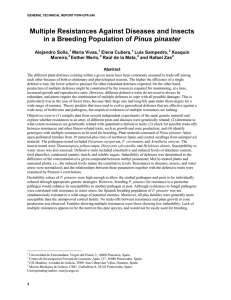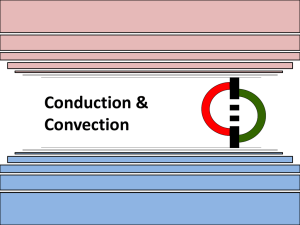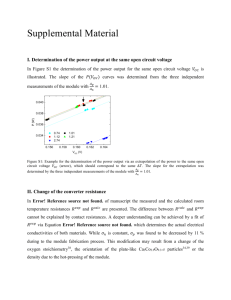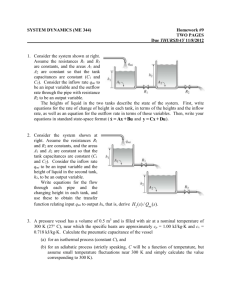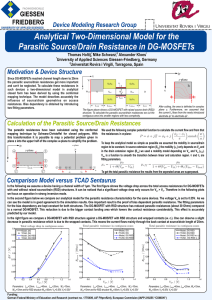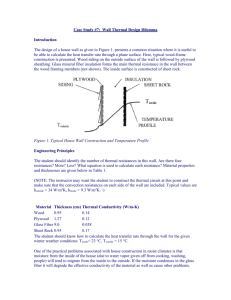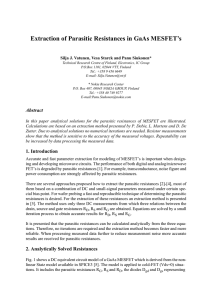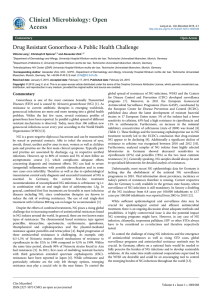Exercise 6 in random walks Prove that the Shorting law (That if you
advertisement
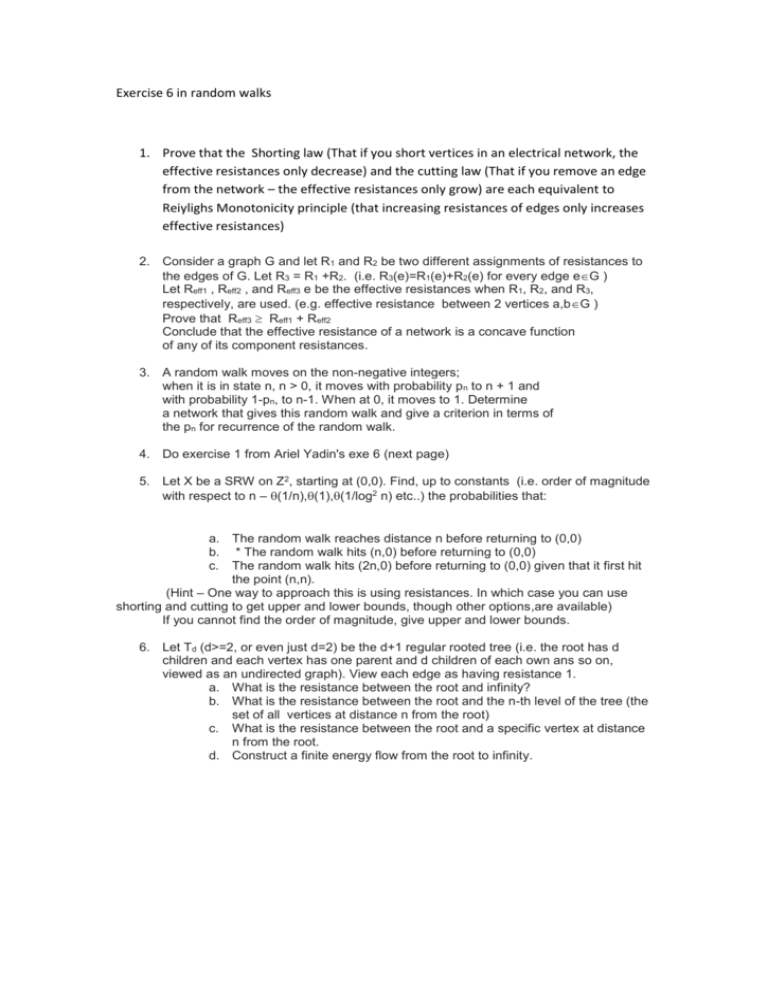
Exercise 6 in random walks 1. Prove that the Shorting law (That if you short vertices in an electrical network, the effective resistances only decrease) and the cutting law (That if you remove an edge from the network – the effective resistances only grow) are each equivalent to Reiylighs Monotonicity principle (that increasing resistances of edges only increases effective resistances) 2. Consider a graph G and let R1 and R2 be two different assignments of resistances to the edges of G. Let R3 = R1 +R2. (i.e. R3(e)=R1(e)+R2(e) for every edge eG ) Let Reff1 , Reff2 , and Reff3 e be the effective resistances when R1, R2, and R3, respectively, are used. (e.g. effective resistance between 2 vertices a,bG ) Prove that Reff3 Reff1 + Reff2 Conclude that the effective resistance of a network is a concave function of any of its component resistances. 3. A random walk moves on the non-negative integers; when it is in state n, n > 0, it moves with probability p n to n + 1 and with probability 1-pn, to n-1. When at 0, it moves to 1. Determine a network that gives this random walk and give a criterion in terms of the pn for recurrence of the random walk. 4. Do exercise 1 from Ariel Yadin's exe 6 (next page) 5. Let X be a SRW on Z2, starting at (0,0). Find, up to constants (i.e. order of magnitude with respect to n – (1/n),(1),(1/log2 n) etc..) the probabilities that: a. The random walk reaches distance n before returning to (0,0) b. * The random walk hits (n,0) before returning to (0,0) c. The random walk hits (2n,0) before returning to (0,0) given that it first hit the point (n,n). (Hint – One way to approach this is using resistances. In which case you can use shorting and cutting to get upper and lower bounds, though other options,are available) If you cannot find the order of magnitude, give upper and lower bounds. 6. Let Td (d>=2, or even just d=2) be the d+1 regular rooted tree (i.e. the root has d children and each vertex has one parent and d children of each own ans so on, viewed as an undirected graph). View each edge as having resistance 1. a. What is the resistance between the root and infinity? b. What is the resistance between the root and the n-th level of the tree (the set of all vertices at distance n from the root) c. What is the resistance between the root and a specific vertex at distance n from the root. d. Construct a finite energy flow from the root to infinity. 7.
